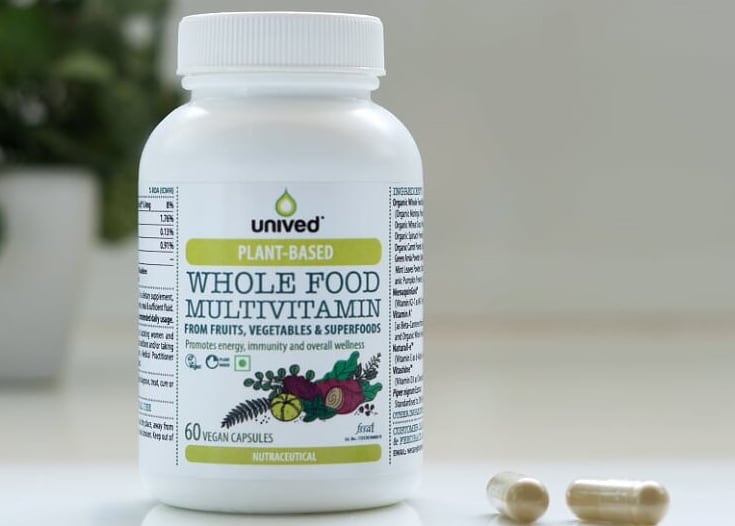Speaking at the second NutraIngredients Immunity Online Series webinar, hosted by NutraIngredients-Asia, the four-person panel debated the topic ‘Active Nutrition and Immunity in APAC’. (Listen on demand here)
The panel consisted of Nick Morgan, director at Sports Integrated, Dr Taichi Inui, APAC regional manager for Nutrition Science & Advocacy at DSM Nutritional Products, Peter Barraket, Managing director for Australia and New Zealand at Designs for Health, and Sandeep Gupta, the CEO of Expert Nutraceutical Advocacy Council (ENAC).
It was hosted by Gary Scattergood, editor-in-chief of NutraIngredients-Asia.
Botanical research and innovation was immediately highlighted as a vast opportunity.
Gupta said ashwagandha had recently featured on the Indian government’s radar and will feature in a nationwide clinical trial in the country.
The trial will look at the effectiveness of ashwagandha in preventing COVID-19 amongst healthcare workers.
Barraket held the same view, believing that there should be more research in botanicals.
“There is still a lot of scope to look more into herbals and other products, not just on micro, macronutrients (when understanding the link between active nutrition and immunity),” he said.
As seen from the COVID-19 pandemic, he said that consumers’ knowledge of immune ingredients was still limited to commonly known ones such as vitamin C, D, and glutathione.
“A lot of those ingredients whilst not necessarily new, have had a real renaissance and a real focus, perhaps it is because consumers can easily understand the benefits or see that there is credibility there,” he said.
Zooming into the research on ingredients, Dr Inui believes that the priority is to look at a specific nutrient that has a high-profile deficiency issue.
Further research can also focus on the basic essential micronutrients that work together to produce a synergistic effect.
Nonetheless, he pointed out that the prudent choice was still to adopt a holistic approach when it comes to nutrient intake.
“Unlike pharmaceuticals, health and nutrition is not intended to cure (a certain disease), but rather, its effects are exerted when used in a long-term, low dosage exposure, so the holistic approach is really the key moving forward,” he said.
Shifting the paradigm
There is also a need to conduct more research on the normal individuals’ use of active nutrition.
At present, such research largely focuses on high performance elite athletes and there is a lack of clinical knowledge on the general population’s use of active nutrition.
“I think there is more work to be done in active nutrition amongst the normal individuals and how we are going to extend the knowledge from elite paradigm,” Morgan said.
Challenges
Above all, companies will need to consider regulatory restrictions when developing new active nutrition products with immune benefits.
In the case of India, a challenge lies in the need to adhering to Recommended Daily Allowance (RDA) level.
Gupta gave the example of quercetin. The permitted RDA of the ingredient is 100mg, six times lower than what was recommended by clinical evidence.
He added that other ingredients such as vitamin C, also had a relatively low RDA in India at 40mg.
“Now, there is a risk factor associated, whether you meet the emergency of the population, you meet the difficult times of the pandemic, to meet the consumers' needs.
“We are in dialogue with the government to see that this is aligned so that companies can come out with the appropriate products in the market and serve the need of the population,” he said.
In this regard, Dr Inui emphasised that it was important to measure the RDA against the intended purpose of taking a particular nutrient.
He gave the example of vitamin C, where the RDA 50 to 60 years ago was in the range of 10mg, as the aim was to prevent scurvy, not to optimise the immune function.
“What we need to look at, is what is the optimised amount for a specific purpose and that will give a good indication and good understanding on how much we might need to take,” he said.





